Quadratic voting is a collective decision-making procedure which involves individuals allocating votes to express the degree of their preferences, rather than just the direction of their preferences. By doing so, quadratic voting seeks to address issues of the Condorcet paradox1 and majority rule.
Why Quadratic Voting
In fact, to maintain the stabilization of community, the democracy of the community must be given top priority, member’s voice must be valued. This is even more evident in the blockchain world, with its decentralization characteristics, no authority is allowed to govern or control the activities of the community. One of the ways to express community is through voting.
You can come across many different voting mechanisms, from simple one person one vote (1P1V), one dollar one vote (1D1V), to more complex mechanisms such as Holographic Consensus, Quadratic Voting (QV), Conviction Voting, Rage Quitting, Knowledge-extractable Voting (KEV)…
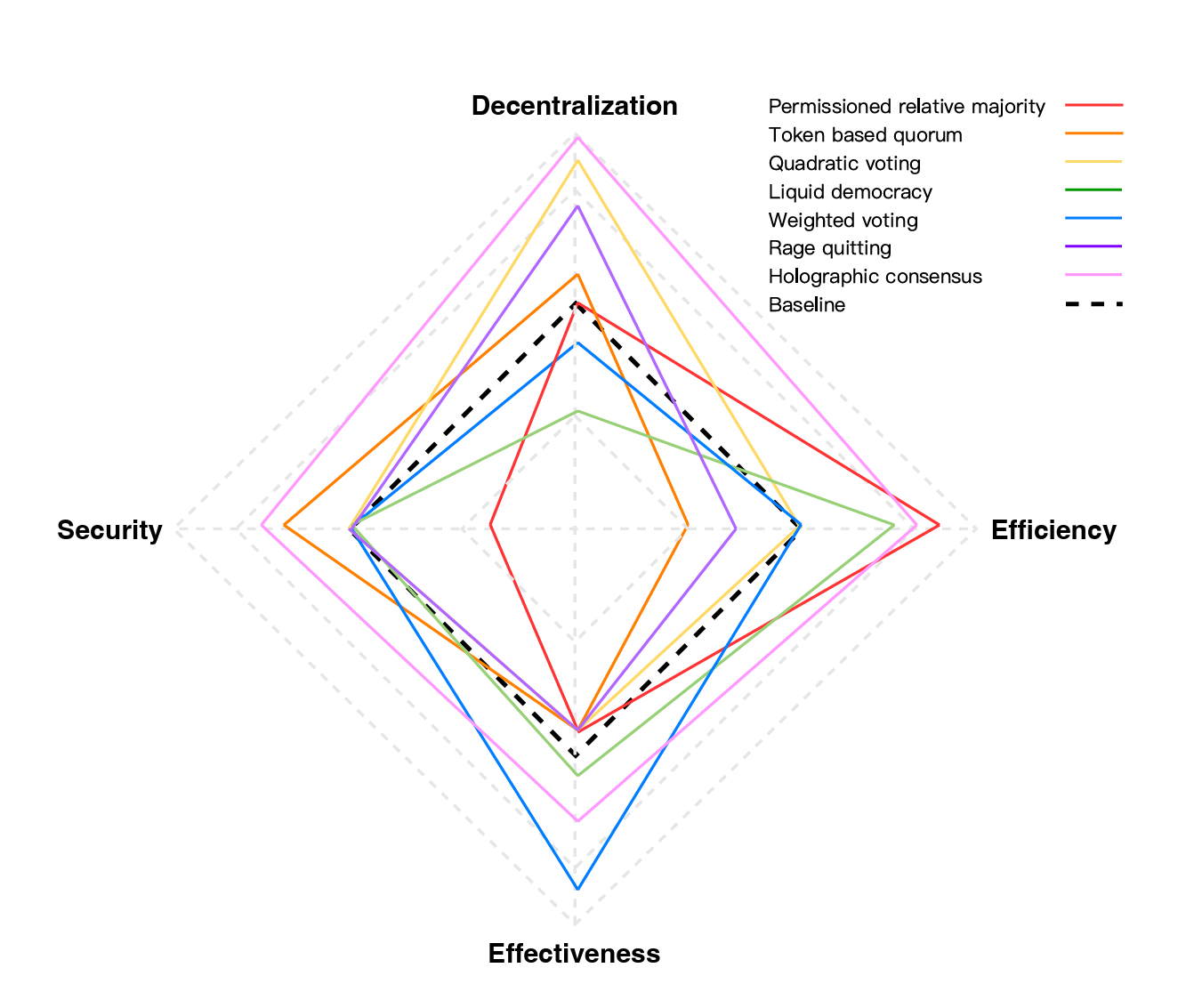 The performance of typical mechanisms on key metrics in DAO voting
The performance of typical mechanisms on key metrics in DAO voting
However, these mechanisms cannot be used interchangeably, it depends on the characteristics of the community including the level of knowledge about problems of the community, the level of wealth difference between members in the community, the level of benefits achieved by individuals in the community, community orientation, the level of honesty, the level of importance of the problem to be solved… However, no matter what mechanism is used, it will only satisfy the majority of members in the community and cannot satisfy all.
We will try to compare here the Quadratic voting mechanism with simpler mechanisms to understand why it is necessary to use it.
First, let’s consider 1P1V, this is a simple mechanism, each person will have one vote, and choose for themselves the result they like the most.
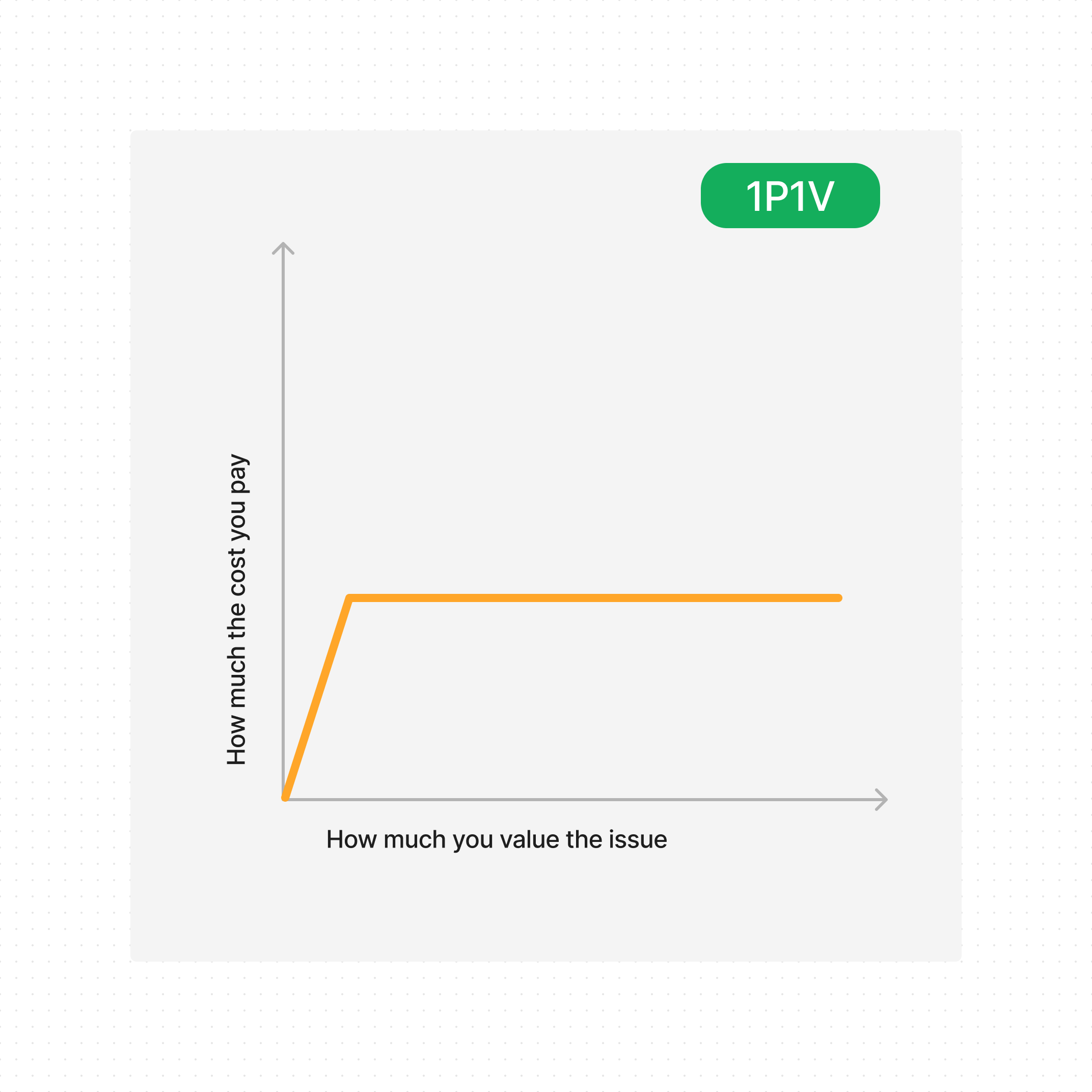 You will encounter this mechanism in many places, for example in presidential elections, or in choosing a location to build a new company office. All these votes have one same thing: among many options, only one option will be implemented, and everyone’s benefit from their choice will be equal.
You will encounter this mechanism in many places, for example in presidential elections, or in choosing a location to build a new company office. All these votes have one same thing: among many options, only one option will be implemented, and everyone’s benefit from their choice will be equal.
The problem with this mechanism is that it permits those who care only slightly at the same level as those who understand and actually care about the issue.
The second mechanism, 1D1V, allows a person to have more votes corresponding to the amount of assets they hold. This mechanism is also problematic in that it gives too much priority to those who hold large asset amounts, especially when the division is high, the votes of those with less asset amount are almost negligible (but often the majority), and it eliminates the desire of the vast majority of member to contribute.
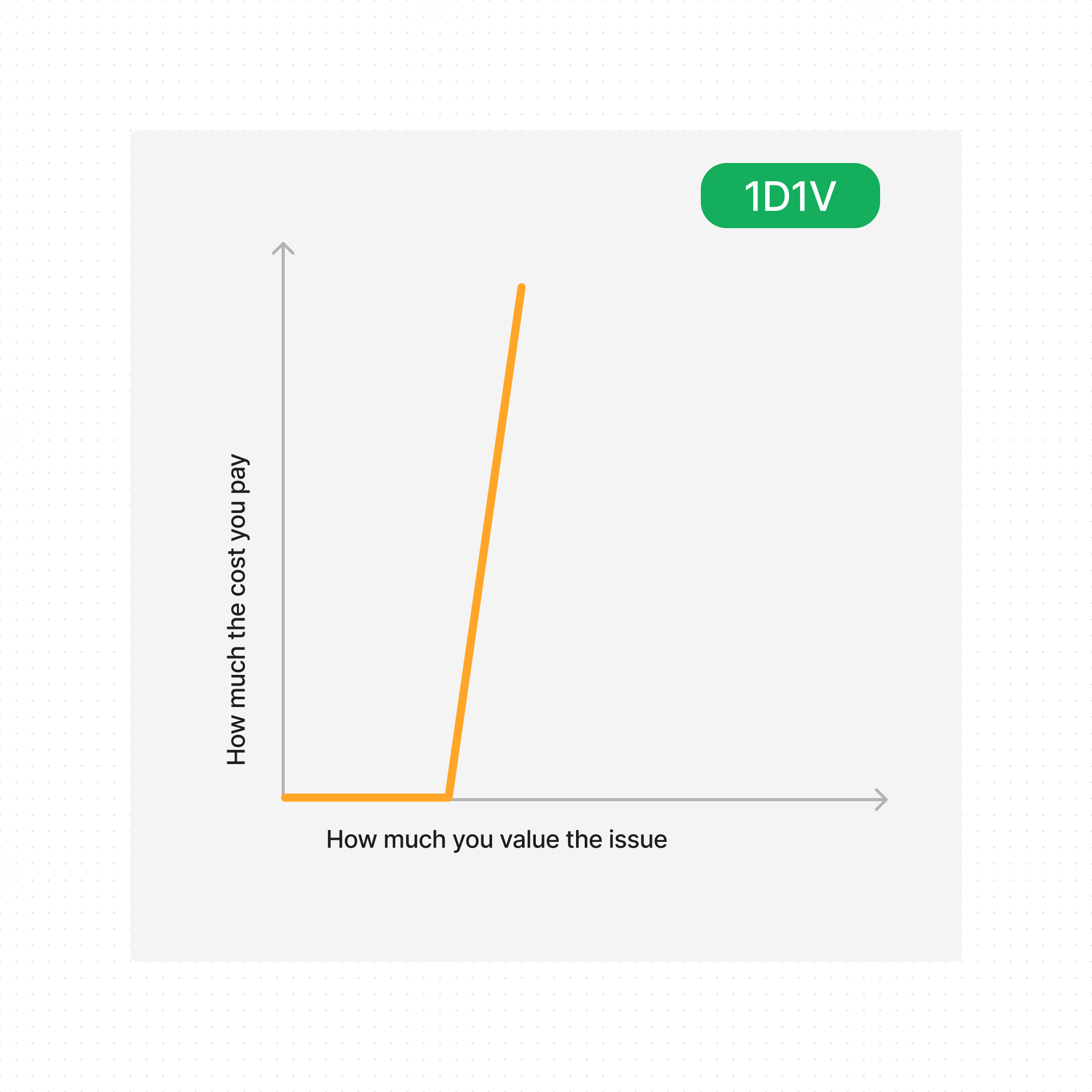
Quadratic voting was created to combine both mechanisms, showing how seriously you value your issues while still ensuring that “whales” do not manipulate choices to their own advantage.
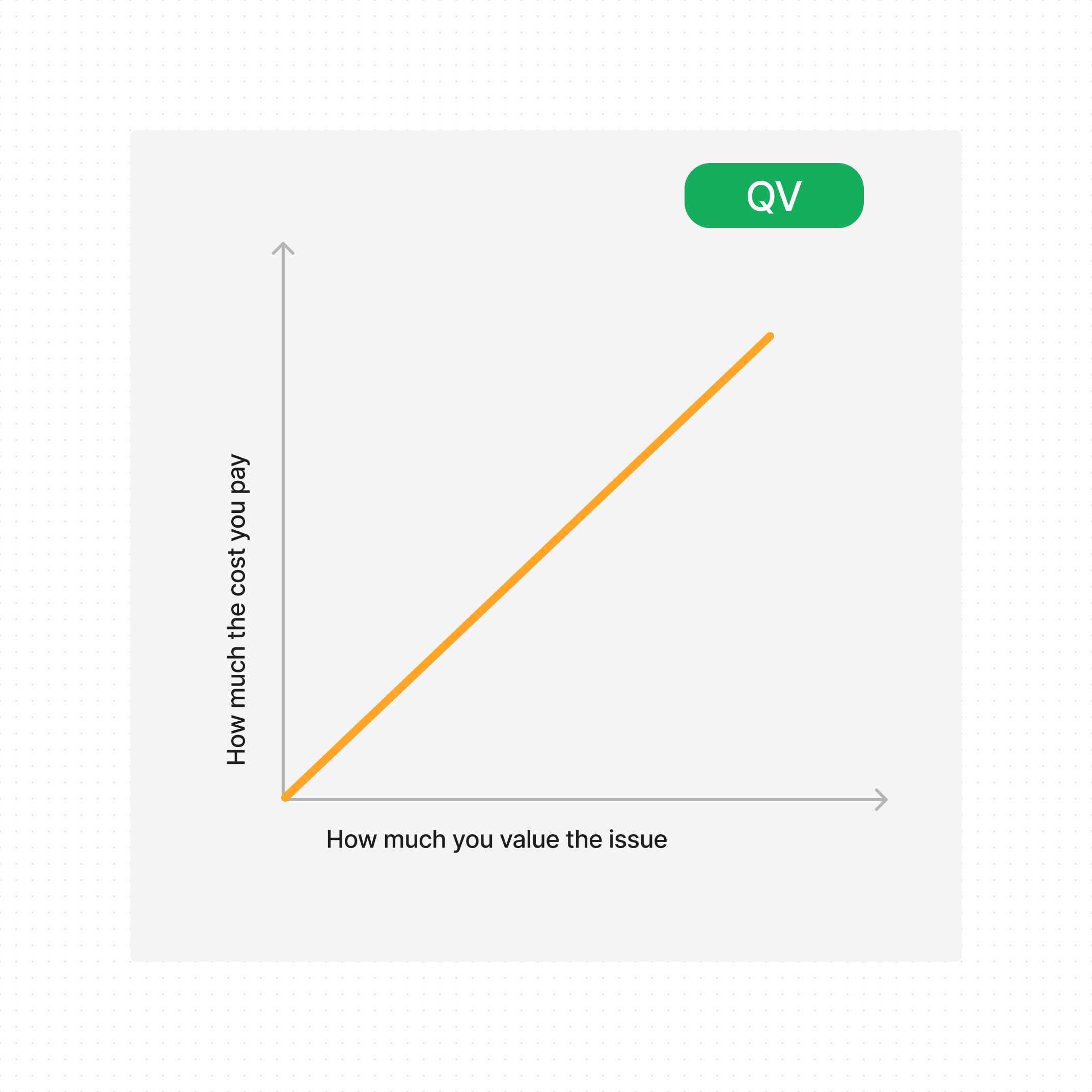
How the Quadratic Voting mechanism works
Why call it Quadratic? That’s because it applies the formula:
Then the formula will be presented in the following table:
| Number of votes | ”Vote credit” cost |
|---|---|
| 1 | 1 |
| 2 | 4 |
| 3 | 9 |
| 4 | 16 |
| 5 | 25 |
As mentioned above, this mechanism helps mitigate the voting power gap between large asset amount holders and small asset amount holders, for example, one person holding $1 and one person holding $1M. Obviously, compared to the amount, the difference is 1,000,000 times, but if they participate in voting, the $1M holder can only exchange ~1,413 votes. The difference has been reduced by ~98%.
The challenges
Sybil
Sybil attack is a major concern of any voting system. These attacks use sybils, or fake or duplicate identities, to influence community-oriented decisions to push them in their favor.
In fact, most of the voting mechanisms require some identity system. Without a mechanism to prevent it, Quadratic Voting will turn into 1D1V.
UX
The complexity of the mechanism’s design makes it difficult for all members to access and participate, hence scalability also more difficult.
Applications
Colorado, America
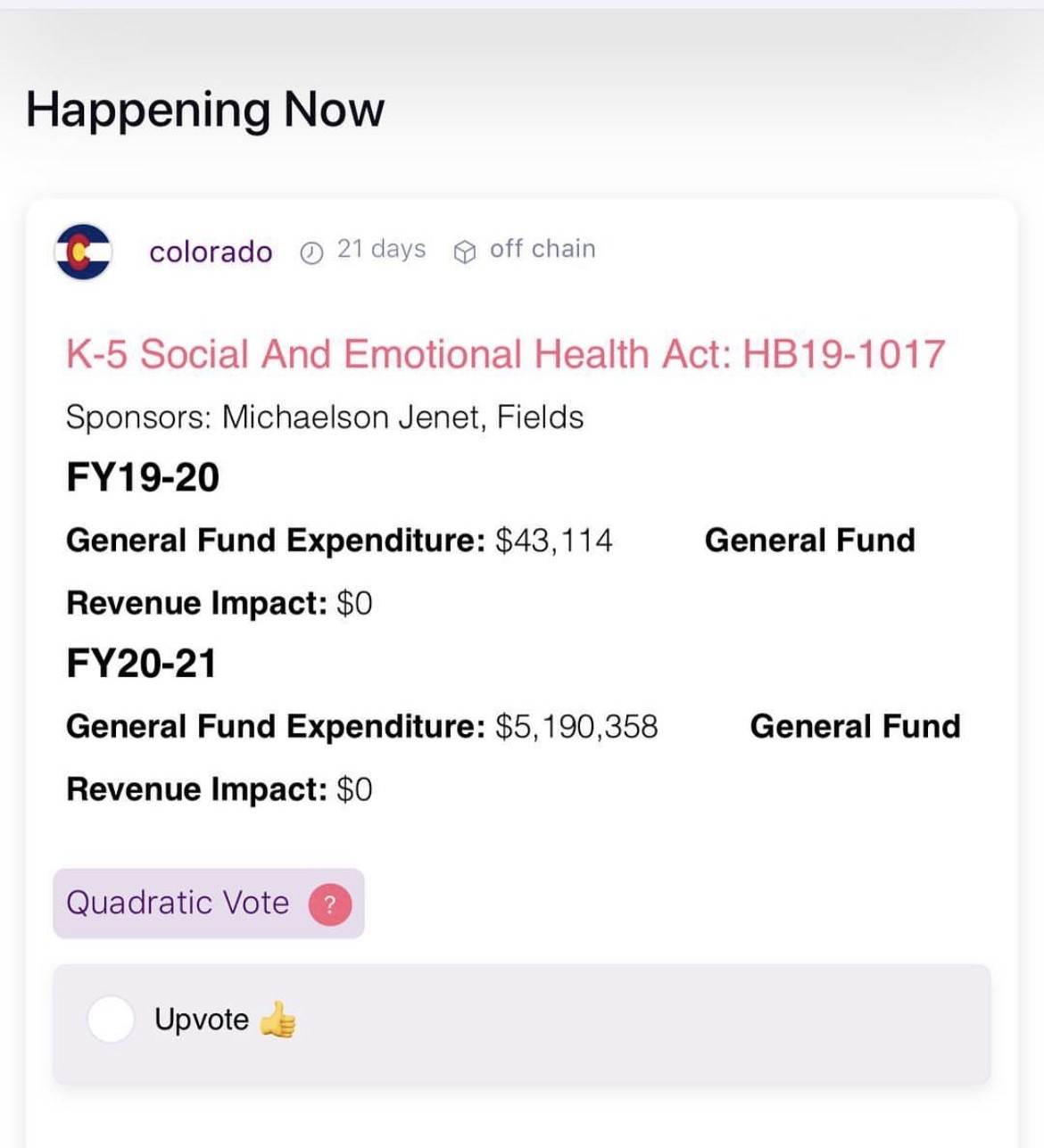 Quadratic Voting was conducted in an experiment by the Democratic caucus of the Colorado House of Representatives in April 2019. Lawmakers used it to decide on their legislative priorities for the coming two years, selecting among 107 possible bills. Each member was given 100 virtual tokens that would allow them to put either 10 votes on one bill (as 100 virtual tokens represented 10 votes for one bill) or 5 votes each (25 virtual tokens) on 4 different bills. In the end, the winner was Senate Bill 85, the Equal Pay for Equal Work Act, with a total of 60 votes.
Quadratic Voting was conducted in an experiment by the Democratic caucus of the Colorado House of Representatives in April 2019. Lawmakers used it to decide on their legislative priorities for the coming two years, selecting among 107 possible bills. Each member was given 100 virtual tokens that would allow them to put either 10 votes on one bill (as 100 virtual tokens represented 10 votes for one bill) or 5 votes each (25 virtual tokens) on 4 different bills. In the end, the winner was Senate Bill 85, the Equal Pay for Equal Work Act, with a total of 60 votes.
From this demonstration of quadratic voting, no representative spent all 100 tokens on a single bill, and there was delineation between the discussion topics that were the favorites and also-rans.
Taiwan

Taiwan’s government-run e-democracy platform Join. This platform utilizes the quadratic voting system to encourage public participation in budget matters. Citizens having 99 points to assign to their preferred policies using the standard quadratic voting model.
With over 4 million active participants, anyone can start an e-petition for a certain policy. When it surpasses 5,000 signatures, corresponding government sectors will address the questioned issue by holding a collaborative meeting. So far, Taiwan has held 40 collaborative meetings spanning topics of tax filing, medical resource distribution, or environmental maintenance in national parks.
Germany
In Leipzig, Germany, Volt Germany – a pan-European party – held its second party congress and used quadratic voting to determine the most valued topics in their party manifesto among its members.
Partner with Deora, Leapdao, a technology start-up company, launched its quadratic voting software consisting of a “burner wallet”. Since there was limited time and it was a closed environment, the “burner wallet” with a QR code acted as a private key that allowed congress to access their pre-funded wallet and a list of all the proposals on the voting platform.
Brazil
In Brazil, the city council of Gramado has used quadratic voting to define priorities for the year and to reach consensus on tax amendments.
Blockchain
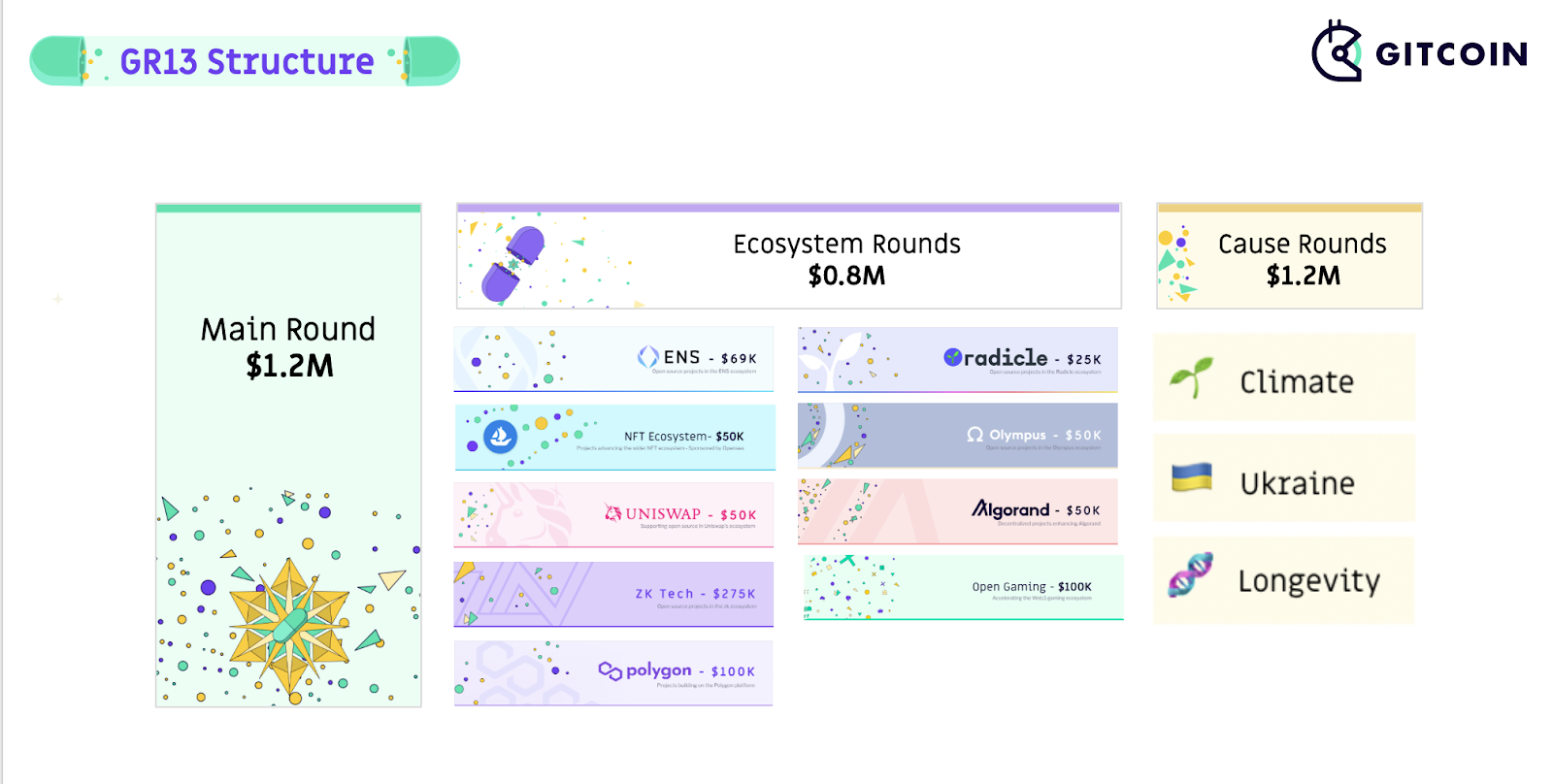 Gitcoin is considered a most successful application when developing the Quadratic Funding mechanism base on Quadratic Voting, a way to allocate the distribution of funds (for example, from a government’s budget, a philanthropic source, or collected directly from participants), noting that such a mechanism allows for optimal production of public goods without needing to be determined by a centralized legislature.
Gitcoin is considered a most successful application when developing the Quadratic Funding mechanism base on Quadratic Voting, a way to allocate the distribution of funds (for example, from a government’s budget, a philanthropic source, or collected directly from participants), noting that such a mechanism allows for optimal production of public goods without needing to be determined by a centralized legislature.
Conclusion
Quadratic Voting is not a perfect mechanism to apply to all cases, but it solves two problems: making voting more democratic, everyone can express their level of concern with common issues. And it mitigates the problem of manipulating choices to benefit an individual or small group.
Of course, in theory it is not to much complicated, but to apply it to building a product, there will be many more things to consider, perhaps I will dedicate another article to talk about this.
Footnotes
-
The Condorcet paradox (also known as the voting paradox or the paradox of voting) in social choice theory in which collective preferences can be cyclic, even if the preferences of individual voters are not cyclic. This is paradoxical because it means that majority wishes can be in conflict with each other: Suppose majorities prefer, for example, candidate A over B, B over C, and yet C over A. When this occurs, it is because the conflicting majorities are each made up of different groups of individuals. ↩
